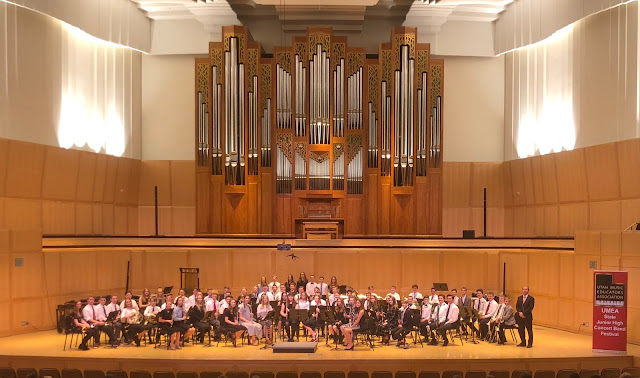Solar Eclipse
Solar eclipse of August 21, 2017
The solar eclipse of August 21, 2017 was a total eclipse visible within a band across the entire contiguous United States, passing from the Pacific to the Atlantic coasts. As a partial solar eclipse, it was visible on land from Nunavut in northern Canada to as far south as northern South America. In northwestern Europe and Africa, it was partially visible in the late evening. In Asia it was visible only at the eastern extremity, the Chukchi Peninsula.
Prior to this event, no solar eclipse had been visible across the entire contiguous United States since June 8, 1918; not since the February 1979 eclipse had a total eclipse been visible from anywhere in the mainland United States.[1] The path of totality touched 14 states, and the rest of the U.S. had a partial eclipse.[1] The area of the path of totality was about 16 percent of the area of the United States,[2] with most of this area over the ocean, not land. The event's shadow began to cover land on the Oregon coast as a partial eclipse at 4:05 p.m. UTC (9:05 a.m. PDT), with the total eclipse beginning there at 5:16 p.m. UTC (10:16 a.m. PDT); the total eclipse's land coverage ended along the South Carolina coast at about 6:44 p.m. UTC (2:44 p.m. EDT).[1]Visibility as a partial eclipse in Honolulu, Hawaii began with sunrise at 4:20 p.m. UTC (6:20 a.m. HST) and ended by 5:25 p.m. UTC (7:25 a.m. HST).[3]
This total solar eclipse marked the first such event in the smartphone and social media era in America. Information, personal communication, and photography were widely available as never before, capturing popular attention and enhancing the social experience.
Logistical problems were expected with the influx of visitors, especially for smaller communities.[4] The sale of counterfeit eclipse glasses was also anticipated to be a hazard for eye injuries.[5]
Future total solar eclipses will cross the United States in April 2024 (12 states) and August 2045 (10 states), and annular solar eclipses—wherein the Moon appears smaller than the Sun—will occur in October 2023 (9 states) and June 2048 (9 states).
There was so much that I loved about experiencing the Solar Eclipse this year. I loved that it fell just a few days before school started. This meant that we could spend the whole day and just hang out and watch the eclipse. I also loved that it brought neighbors outside. We were all just hanging out in our front yards together and that was really neat for a Monday afternoon. The eclipse itself was really awesome. We got to see about 90% totality at our location. We noticed that the shadows all had little eclipses on them. We also noticed that the temperature dropped quite a bit. And, of course, it got a lot darker. My good friend Teresa was smart enough to order a few hundred pairs of glasses on Amazon way ahead of time and she sold me a few pair for pretty cheap. Watching the eclipse through the glasses was very easy and really neat. We could see the eclipse right away.
Another cool thing was that everyone, everywhere we went that day was asking wether or not you were able to see it. It seemed like no matter who you were or what you were doing, you took some time out to go look at the sky that day. It was awesome!







Comments